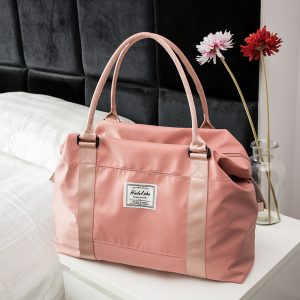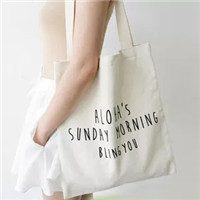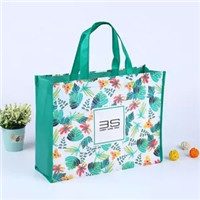Common non-woven bag printing on the market mainly includes thermosetting ink printing, water slurry printing, high-elastic heat transfer printing, glue printing, glue foam printing and other types.
Below we will briefly introduce the difference between these types of printing.
1. Thermosetting ink printing. Because the thermosetting ink is a non-solvent ink, it can print beautiful lines, and has a flat appearance, good fastness, non-drying, odorless, high solid content, and good scratching fluidity. It can be handicraft printing, automatic machine printing and other advantages. Now this kind of printing is mostly used in T-shirt clothing, handbag printing and other industries.
2. Water slurry printing. Compared with other printing, this kind of printing is a traditional printing. Because the water paste is transparent, it can be printed on light-colored fabrics, and the printing effect is relatively simple. But judging from the fashion trend of printing, it is loved by many designers because of its soft hand feel, strong air permeability, and rich expressive power.
3. High-elastic thermal transfer printing, which is a relatively new type of printing. Thermal transfer printing is suitable for printing on cotton and non-woven fabrics, which can greatly improve the product level of shopping bags. With its unique advantages in mass production, it has now become a printing widely used by non-woven bag manufacturers.
4. Adhesive printing. The advantages of this type of printing are mainly manifested in the strong color covering ability, and it can print fashion printing pictures with clear lines, regular edges and accurate overprinting. It is mostly used for printing on Chinese fashion and T-shirts, as well as suitable fabrics. for.
5. The glue foam printing, this kind of printing is to join the foam material in the glue, after the printing, the high temperature ironing makes the printing part protruding and appearing three-dimensional. Because this kind of printing is more complicated in the use process, only a small number of non-woven bag factories use it.































